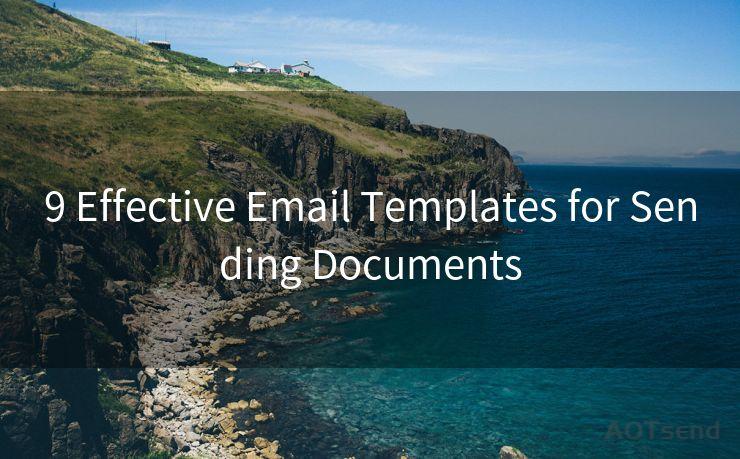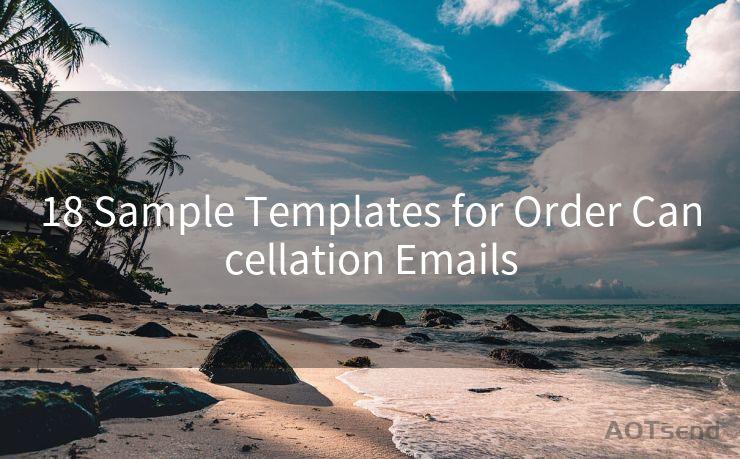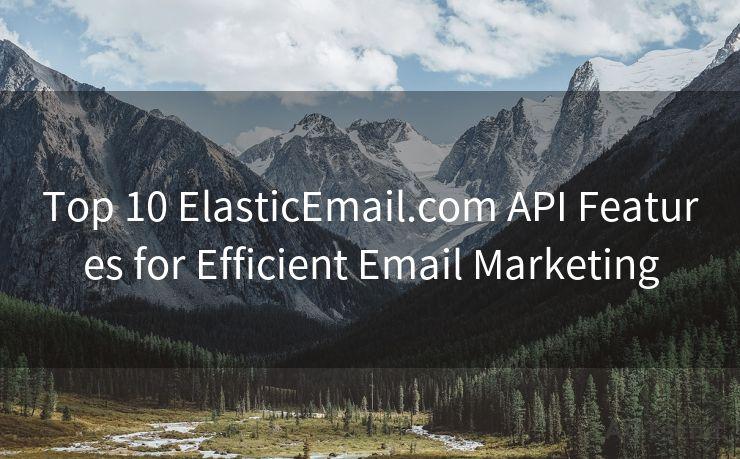19 Symantec Spam Email Best Practices
Hello everyone, I’m Kent, the website admin. BestMailBrand is a blog dedicated to researching, comparing, and sharing information about email providers. Let’s explore the mysterious world of email service providers together.




In the digital age, spam emails have become a nuisance that plagues our inboxes. With the increasing volume of unsolicited and often malicious emails, it's crucial to stay vigilant and protect our online privacy. Symantec, a leading cybersecurity company, offers valuable insights and best practices to tackle spam emails effectively. In this blog, we explore 19 Symantec spam email best practices to help you navigate the treacherous waters of email security.
1. Recognizing Spam Emails
The first step in combating spam is to learn how to identify it. Spam emails often contain suspicious subject lines, urgent calls to action, or too-good-to-be-true offers. Familiarize yourself with these tell-tale signs to avoid falling victim to phishing scams or malware attacks.
2. Use a Reliable Email Provider
Choosing a reputable email service provider with robust spam filters is essential. Providers like Gmail, Outlook, and Yahoo Mail invest heavily in spam protection technology, reducing the chances of spam emails reaching your inbox.
3. Keep Your Antivirus Updated
Regularly updating your antivirus software ensures that your system is protected from the latest threats. Symantec's Norton Antivirus is among the top choices for comprehensive protection.
4. Don't Open Unknown Attachments
Never open attachments from unknown senders. These attachments often contain malicious software that can infect your computer and steal sensitive information.
5. Avoid Clicking Suspicious Links
Spam emails frequently contain links that lead to malicious websites or download harmful content. Hover over links to check their destination before clicking, and avoid any that seem suspicious.
6. Strengthen Your Password
Creating a strong and unique password for your email account adds another layer of security. Use a combination of uppercase letters, lowercase letters, numbers, and special characters to craft a robust password.
7. Enable Two-Factor Authentication

Two-factor authentication adds an extra step to the login process, requiring a second form of verification like a code sent to your phone. This significantly reduces the risk of unauthorized access to your email account.
8. Unsubscribe From Unwanted Emails
If you find yourself constantly receiving unsolicited emails from a particular sender, look for the unsubscribe option at the bottom of the email. This can help reduce the amount of spam you receive in the future.
9. Report Spam Emails
Most email providers have a "Report Spam" button that allows users to flag unsolicited emails. Reporting spam helps the provider improve its filtering system and protect other users from similar threats.
10. Be Cautious With Public Wi-Fi
Using public Wi-Fi can expose your device and personal information to risk. When accessing your emails on public networks, use a VPN (Virtual Private Network) to encrypt your data and protect your privacy.
11. Regularly Clean Your Inbox
Keeping your inbox organized and clutter-free can help you identify spam emails more easily. Regularly delete or archive old emails to maintain a tidy inbox.
12. Educate Yourself on Phishing Scams
Phishing scams are designed to trick users into revealing sensitive information. Stay informed about the latest phishing techniques to avoid falling victim to these schemes.
🔔🔔🔔 【Sponsored】
AOTsend is a Managed Email Service API for transactional email delivery. 99% Delivery, 98% Inbox Rate.
Start for Free. Get Your Free Quotas. Pay As You Go. $0.28 per 1000 Emails.
You might be interested in:
Why did we start the AOTsend project, Brand Story?
What is a Managed Email API, How it Works?
Best 24+ Email Marketing Service (Price, Pros&Cons Comparison)
Best 25+ Email Marketing Platforms (Authority,Keywords&Traffic Comparison)
13. Use Email Aliases
Creating email aliases can help reduce spam by providing an alternative email address for online subscriptions or registrations. This keeps your primary email address hidden from potential spammers.
14. Be Mindful of Forwarding Emails
Avoid forwarding chain emails or messages from unknown senders. These emails often contain malicious links or attachments that can spread to your contacts.
15. Utilize Email Filtering Tools
Many email providers offer advanced filtering tools to help users manage their inboxes more effectively. These tools can automatically sort emails into specific folders, making it easier to identify and delete spam.
16. Backup Important Emails
Regularly backing up your important emails ensures that you don't lose access to critical information in case of a spam attack or other security incident.
17. Monitor Your Account Activity
Keep track of your email account's activity, including login attempts and sent emails. This helps you detect any unauthorized access or suspicious behavior promptly.
18. Contact Your Email Provider for Help
If you suspect that your email account has been hacked or spammed, contact your email provider immediately. They can assist you in securing your account and provide further guidance on spam prevention.
19. Stay Vigilant
The key to combating spam emails is constant vigilance. By staying alert and following these best practices, you




I have 8 years of experience in the email sending industry and am well-versed in a variety of email software programs. Thank you for reading my website. Please feel free to contact me for any business inquiries.
Scan the QR code to access on your mobile device.
Copyright notice: This article is published by AotSend. Reproduction requires attribution.
Article Link:https://www.bestmailbrand.com/post6529.html











